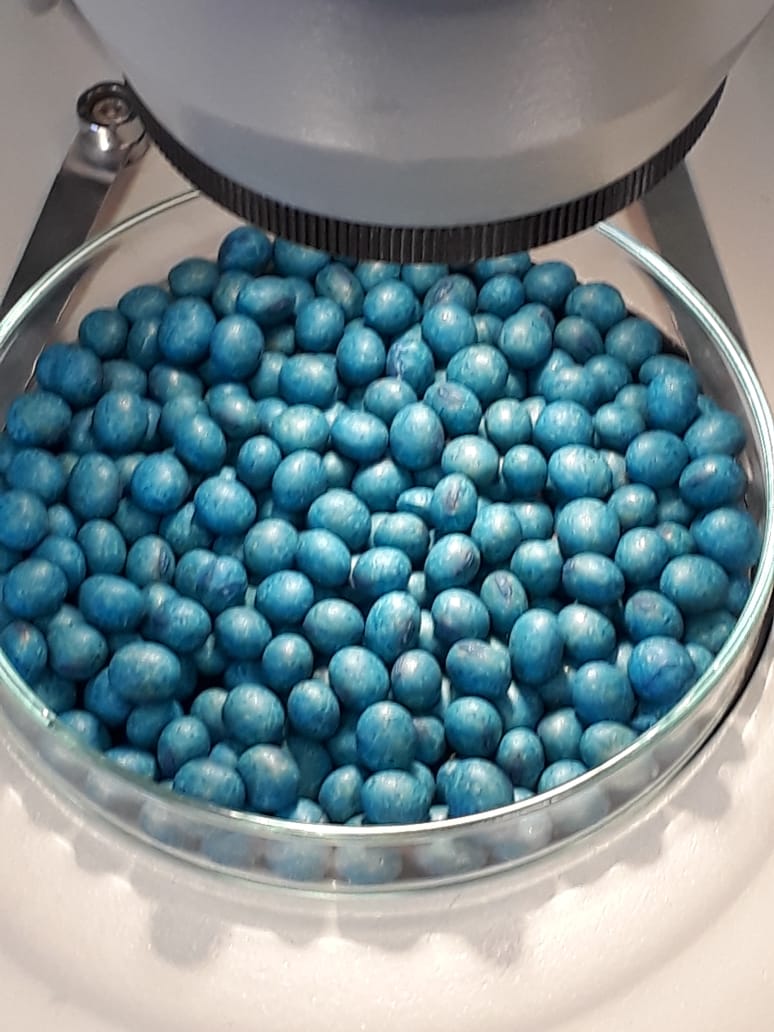
By Susana Solá -Head of Research and Seeds Quality at Rizobacter
Among crop protection technologies, seed treatment is one of the most innovative and environmentally beneficial techniques. These treatments offer simplicity to farmers and they ensure protection to seeds as soon as they are planted. At the same time, they reduce the number of phytosanitary products used per hectare, which supports the increasingly present social and productive demand for a more sustainable agriculture.
Seed treatment consists of applying biological organisms and chemical products to the seed in order to eliminate, control or repel pathogens, insects or other pests that attack seeds and seedlings of different species. The applied technologies include, for instance, inoculants, herbicides, micronutrients, growth regulators, polymers and colorants. Applying seed treatment promotes the emergence and establishment of the crop (implantation); complements the genetics, and is a component of Integrated Pest Management. In addition, it ensures protection at a time that other controls cannot be applied due to lack of leaf area.
Biological control reduces the incidence of pests and diseases, using natural enemies. Because their modes of action are different, bioprotectors and chemical inputs can be used alternatively or complementarily; however, bioprotectors ensure protection efficiency and minimize disease tolerance ꟷ one of the main problems caused by chemically synthesized inputs.
Leading input companies are investing more in research and development of biological technologies in response to increasing regulatory pressure in certain countries and growing social demand for agriculture with less environmental impact.
Considerable progress has been made in bioprotection focused on professional seed treatment: a fundamental pillar of plant protection that provides benefits to performance and care for the environment. Biobased therapies can be applied more than 90 days in advance and they can survive in the container for more than 18 months after production.
In professional (industrial) treatment, the dose per seed is calculated to allow for better control of the process and more homogeneous coverage of the seeds, providing protection until the development of the seedling. Treated and coated seeds render a uniform treatment and lessen impact on the environment, since no phytosanitary products or containers are handled in the field.
When pre-treating with inoculants, their compatibility with chemical treatments should be evaluated so that survival of the bacteria is not compromised. The market already offers technologies that allow pre-inoculation of up to 120 days and improve the potential for implementing professional seed treatment.
The whole seed treatment process requires technical advice and the use of appropriate, correctly calibrated equipment. This preserves the quality and effectiveness of the seed treatment, and prevents risks for workers, users and the environment. When we start with a poorly treated seed, we compromise the first yield component of a crop: the plant stand.